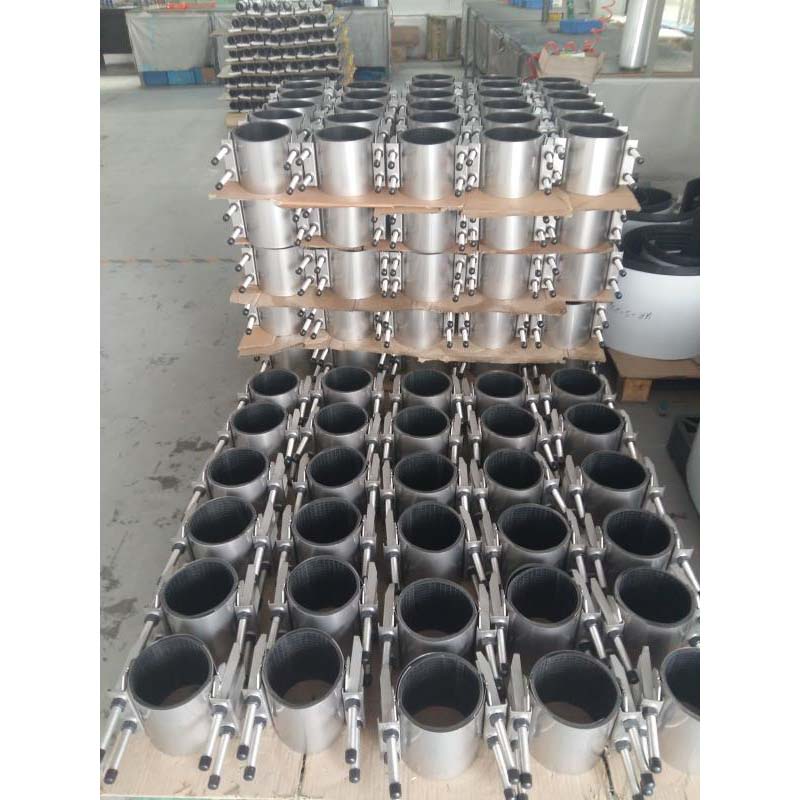ventilation butterfly valve
Understanding Ventilation Butterfly Valves Essential Components for Airflow Control
Ventilation systems play a crucial role in maintaining air quality and ensuring proper airflow in various settings, from industrial facilities to residential buildings. Among the various components that facilitate these systems, the butterfly valve stands out as an essential device for regulating airflow. This article explores the significance of ventilation butterfly valves, their working principles, and their applications in modern ventilation systems.
What is a Butterfly Valve?
A butterfly valve is a type of quarter-turn valve that features a rotating disc to control the flow of air or fluids. This disc is mounted on a shaft and is positioned within the duct system. When the valve is closed, the disc blocks the airflow; when it is turned parallel to the airflow, it allows for unobstructed passage. The simplicity of its design allows for quick operation and efficient flow regulation, making it an optimal choice for ventilation systems.
Working Principles
The operation of a butterfly valve is straightforward. When the actuator, typically a handle, gear, or pneumatic system, turns the disc, it can either open or close the valve. In an open position, the disc rotates to 90 degrees, ensuring minimal resistance to airflow. The valve can be precisely controlled to allow only a specific amount of air to pass through, which is essential for maintaining desired ventilation rates.
ventilation butterfly valve

The design of butterfly valves also supports durability and low maintenance. Made from materials such as stainless steel, PVC, or ductile iron, they exhibit resistance to wear and corrosion, making them suitable for various environmental conditions. Additionally, the compact size of butterfly valves allows them to be installed in tight spaces, optimizing the overall layout of ventilation systems.
Applications in Ventilation Systems
Ventilation butterfly valves are widely utilized across different applications. In industrial settings, they are integral to large HVAC systems, helping to manage air distribution for optimal occupant comfort and equipment performance. In commercial buildings, these valves facilitate efficient air circulation, thus assisting in energy conservation.
Moreover, in the context of smoke control systems, specially designed butterfly valves can play a critical role in emergency situations. In the event of a fire, these valves can be used to redirect smoke away from escape routes, safeguarding occupants and allowing for effective fire control.
Conclusion
In summary, ventilation butterfly valves are vital components in the management of airflow across a variety of systems. Their efficiency, ease of operation, and durability make them indispensable in both commercial and industrial applications. As technology advances, we can expect further innovations within valve design and automation, paving the way for smarter and more efficient ventilation solutions. Whether for comfort, safety, or energy efficiency, understanding the function and benefits of butterfly valves is essential for anyone involved in the design or maintenance of ventilation systems. By integrating these valves effectively, we enhance the performance and reliability of our air handling systems, ensuring a healthier indoor environment for all.
-
The Essential Component for Safe Urban InfrastructureNewsMay.14,2025
-
The Backbone of Urban InfrastructureNewsMay.14,2025
-
Practical and Stylish Solutions for Your Drainage NeedsNewsMay.14,2025
-
Lamphole Frame and Cover: Essential for Urban InfrastructureNewsMay.14,2025
-
A Seamless and Aesthetic SolutionNewsMay.14,2025
-
A Must-Have for Safety and DurabilityNewsMay.14,2025
-
Pipe Repair Clamps: Your Ultimate Solution for Efficient RepairsNewsMay.09,2025
